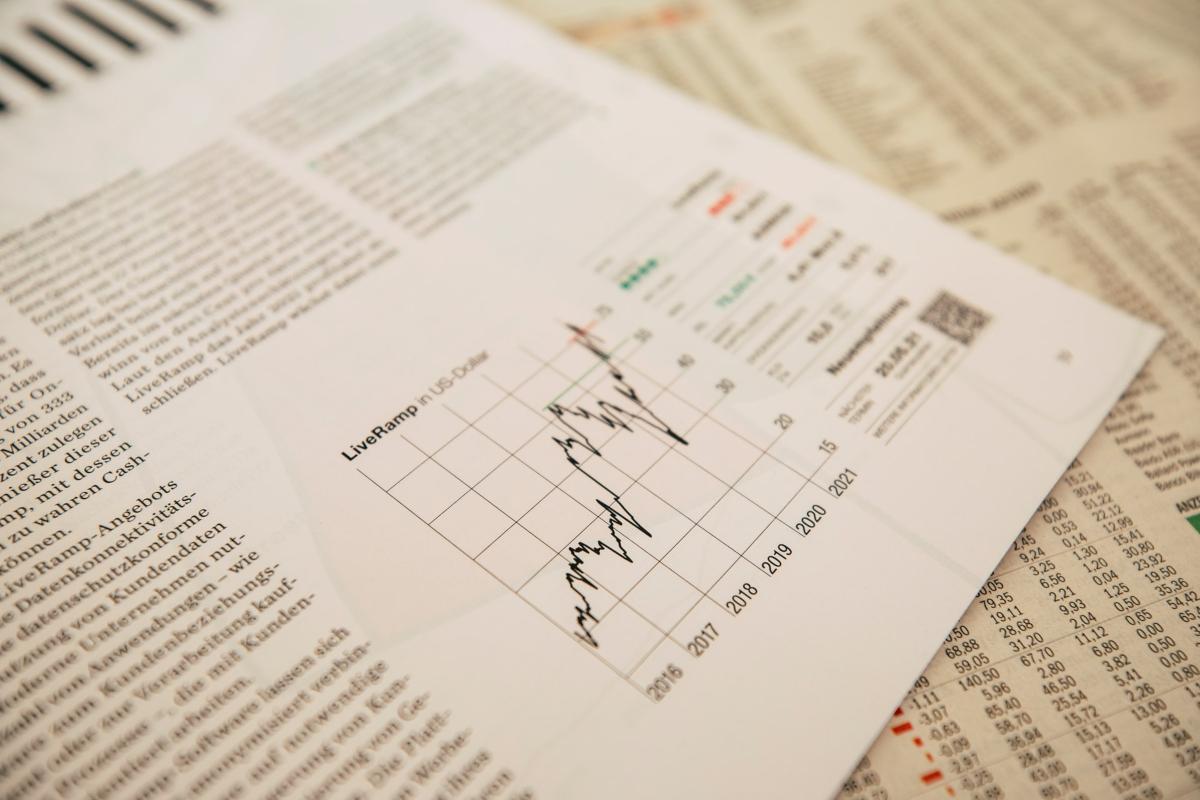Why a Market Economy Performs Better Than a Planned Economy — Most Countries Are Mixed
Globally, there are three kinds of economies — planned, market, and mixed. Which of these economic models is better and where does the U.S. economy lie?
April 26 2022, Published 8:32 a.m. ET

Globally, there are three kinds of economies — planned, market, and mixed. Which of these economic models is better and where does the U.S. economy lie?
The U.S. has been the world’s largest economy for quite some time now. However, the Chinese economy has been catching up quickly. Despite slowing down greatly, China is among the fastest-growing major economies. In 2021, the Chinese GDP surpassed the EU for the first time.
There are key differences between a planned economy and a market economy.
A market economy is a key part of capitalism. The state doesn't intervene in the economy and all economic activity is determined by market forces of supply and demand. Factors of production like land, labor, and capital are in private hands and driven by market forces.
On the other hand, in a planned economy, the state directs the factors of production. The state plays a pivotal role in the economy and key decisions like production, pricing, and investments are taken by the state and aren't dependent on market forces. The planned economy model is a key part of communism.
As Adam Smith described, in a market economy the “invisible hand” drives the economy. Individuals acting in their self-interest cause greater unintended social-economic benefits. On the other hand, in a planned economy, the state’s hand is visible almost everywhere.
Many countries have mixed economies.
There aren't many countries that are truly communist or capitalist. Instead, there's a blend in many economies. This is where mixed economies come in. They're a blend of both planned and market economies. However, what separates mixed economies from each other is the degree of blend.
For example, some countries have by and large a market economy with some state intervention. Similarly, some planned economies allow market forces to act.
The U.S. is a mixed economy.
The U.S. would fall into a mixed economy. While the country largely has a market economy, the state does intervene especially during periods of crisis. The massive economic stimulus that we saw during the COVID-19 pandemic was a perfect example. Also, the government has taken several measures like announcing support for chip manufacturing in the country — something that we usually see in planned economies.
Is China a planned economy?
China was a planned economy before the country opened up. Now, the country is a mixed economy or as China calls it “socialism with Chinese characteristics.” However, the country is still largely a planned economy and state intervention is pronounced. If anything, China has somewhat pivoted towards a planned economy under the leadership of President Xi Jinping.
The country spells out both short-term and long-term economic goals. It sets an annual GDP growth target, which is 5.5 percent for 2022. China also directs the long-term trajectory of the economy. For example, it has been trying to move away from low-cost manufacturing to advanced manufacturing under its “Make in China 2025” plan.
A market economy is better than a planned economy.
Going by anecdotal evidence, a market economy is invariably better than a planned economy. North Korea is almost a planned economy and its economic growth has been dismal, to say the least. China’s economic growth also sagged when the country strictly followed a planned economy approach.
The same holds for India when it gave away its largely planned economy in 1991 and pivoted towards a more market economy. The country’s economy has flourished since then and it's among the top 10 economies now.
That said, while market economies have flourished over the last few decades amid rapid globalization, the changed geopolitics would mean that we’ll see more state intervention.
Many countries globally are now supporting key industries in their countries since the COVID-19 pandemic and the Russia-Ukraine war exposed the vulnerabilities of relying too much on imports. As we see more de-globalization over the next decade, it will also lead to more state intervention in the economies.


